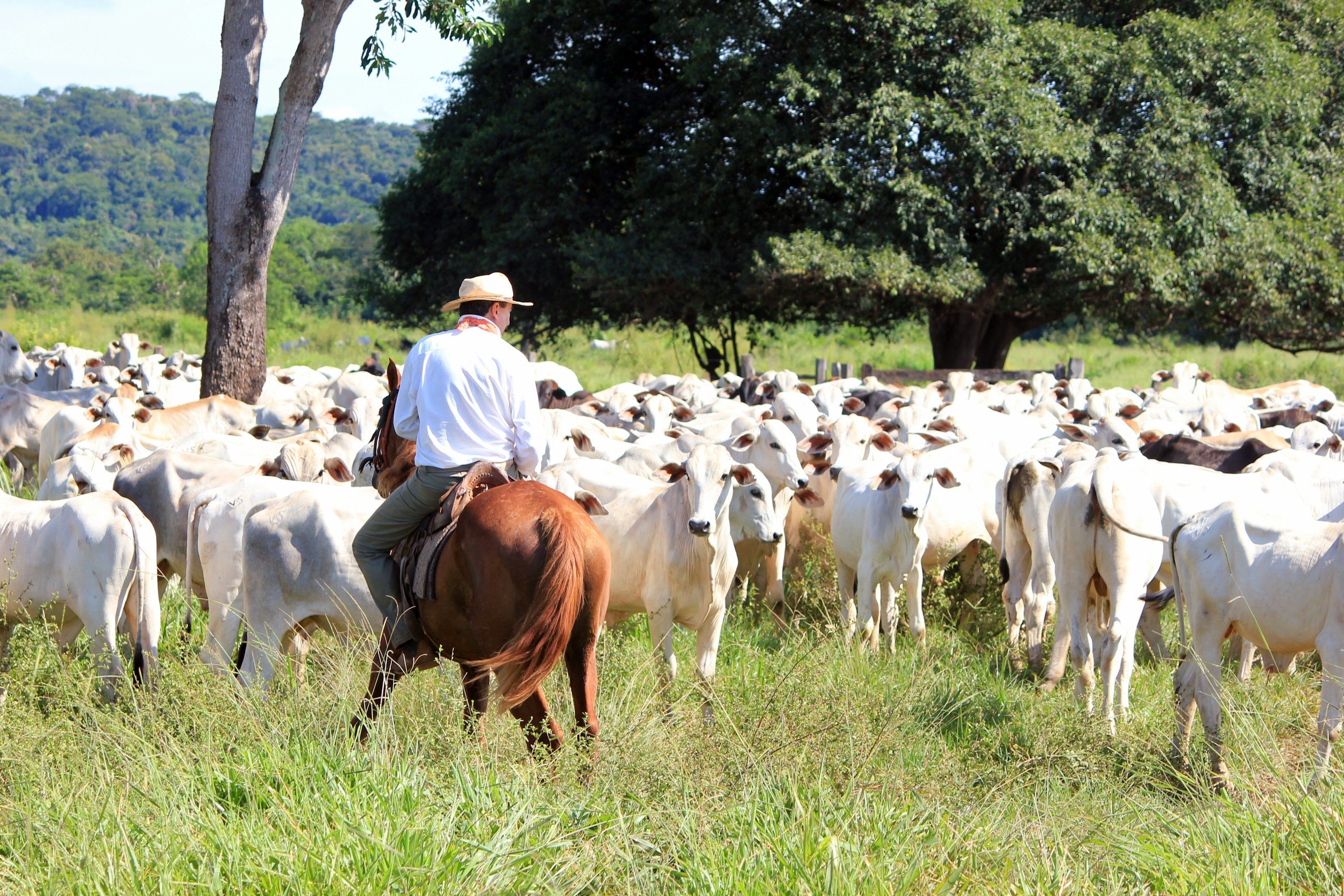Global Challenges in Livestock Farming
Livestock farming is a cornerstone of global food chain production, supporting the livelihoods of almost two biliion people and ensuring a stable food supply. However, the industry is currently facing multiple interconnected challenges that can disrupt productivity, food security and safety.
At Cerryx we are determined to address these critical issues, through innovation and collaboration.
Disease Outbreaks
Despite the development of vaccines and the application of rigorous biosecurity measures, animal diseases pose a serious threat for the health of animals and humans, but especially to food safety, national economy and the environment.
Intense livestock farming practices and a rapid change in climate conditions are only two of many stress factors to which farm animals are often exposed, making them more susceptible to get infections and develop diseases. This sequence of events can eventually lead to huge losses in animal herds and farmers´operations.
Nearly 25% of the world’s livestock is lost because of animal diseases.
Optimising the health and welfare of livestock animals in their environment and production systems is a high-priority for livestock producers all over the world.

Farming is Business
Farmers must meet the changing needs of our planet and the expectations of regulators, consumers, food processors and retailers.
Livestock farmers are struggling with increasing production costs, animal feed accounting for about 70% of annual expenditures. In addition, factors such as climate change, soil erosion and biodiversity loss, could pose huge challenges for new generations of farmers.
A shift in consumers´ demand for antibiotic-free and naturally raised animals, is causing livestock farmers and producers to adopt alternative strategies for maintaining animal health and welfare.
While modern agriculture provides a large number of solutions, the outcome is not always the same because each farm is unique: different landscapes, soils, available technology and potential yields.
Climate Change
Global climate change is primarily caused by greenhouse gas (GHG) emissions that result in warming of the atmosphere (IPCC, 2013). The livestock sector contributes 14.5% of global GHG emissions (Gerber et al., 2013), and thus may increase land degradation, air and water pollution, and declines in biodiversity (Bellarby et al., 2013, Reynolds et al., 2010, Steinfeld et al., 2006, Thornton and Gerber, 2010).
At the same time, climate change will affect livestock production through competition for natural resources, quantity and quality of feeds, livestock diseases, heat stress and biodiversity loss while the demand for livestock products is expected to increase by 100% by mid of the 21st century (Garnett, 2009). Therefore, the challenge is to maintain a balance between productivity, household food security, and environmental preservation (Wright et al., 2012).
The Dutch Nitrogen Crisis
Waste & Pollution is a key risk facing the global protein production industry. As highlighted in the Coller FAIRR Protein Producer Index 2021/22, European companies on average were ranked as ‘High Risk’ for the Waste and Pollution risk factor, along with all associated KPI’s.
Given the growing regulatory risk surrounding waste and pollution in Europe and a lack of disclosure from companies, there is a material risk for those firms investing in European protein producers.
The threat of animal waste pollution stretches beyond Europe. In the US, slaughterhouses have been polluting waterways with excessive levels of nitrogen and phosphorous.
Tackling the nitrogen crisis through feed additives has the potential to create positive outcomes for pressing issues influenced by intensive animal agriculture.
“The greatest threat to our planet is the belief that someone else will save it.”
- Robert Swan -





